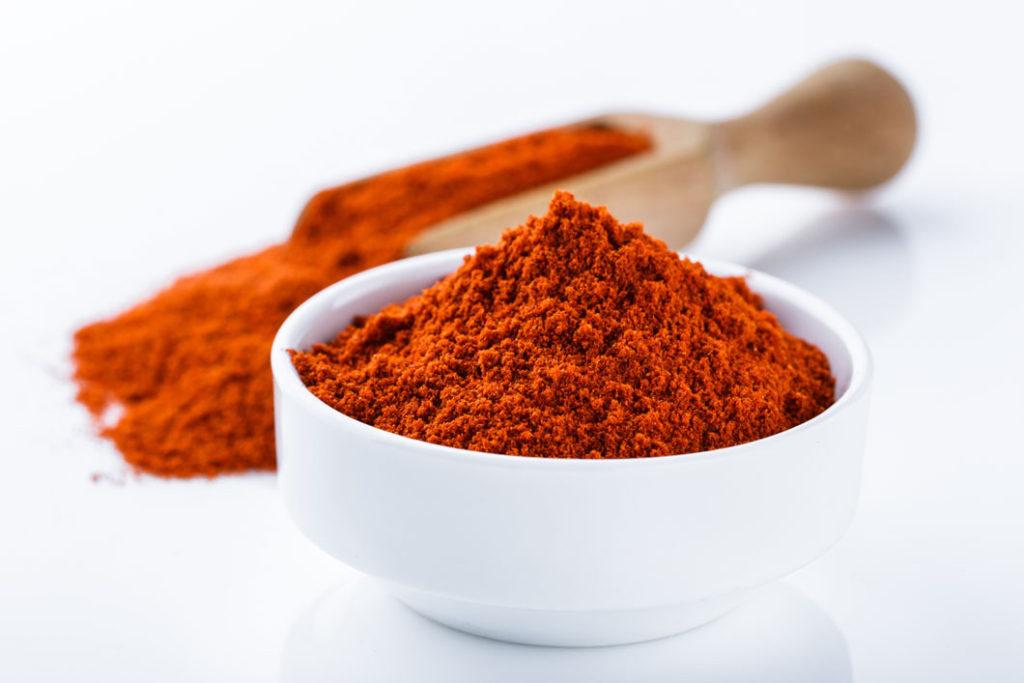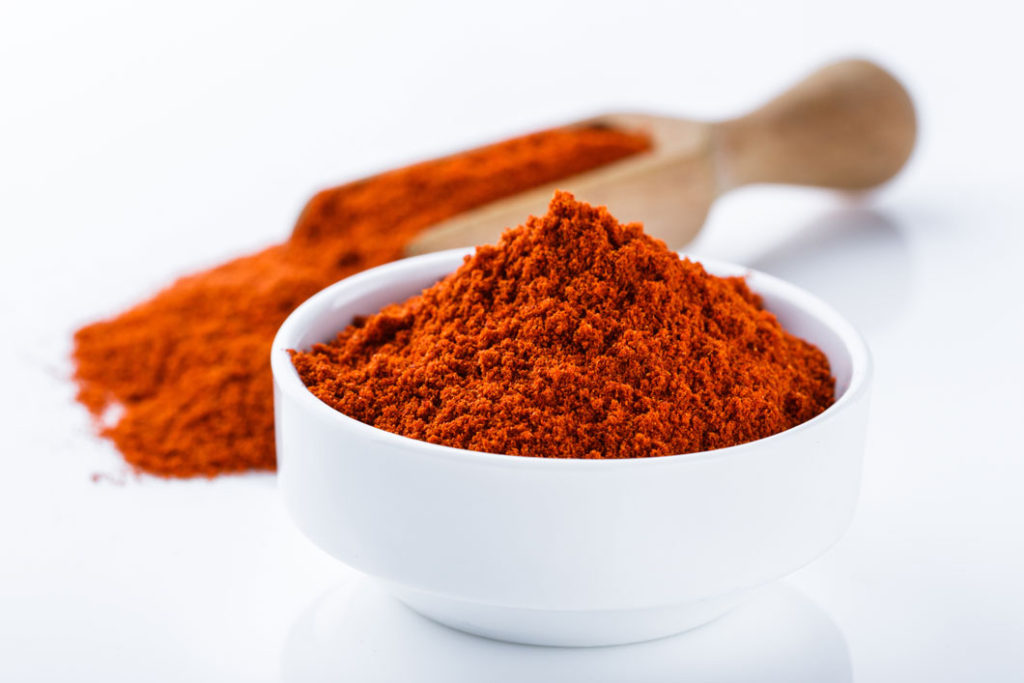
Paprika. You know, that red stuff you keep buried in your spice cabinet? You might break it out a couple of times a year to sprinkle over some deviled eggs or brighten up a barbecue rub. Sure, it can look pretty, but that’s about all it’s good for, right? Wrong. There is a whole world of paprika out there, with flavors ranging from sweet to hot to smoky. If you’ve always thought paprika was a bit boring, we’re here to show you the error of your ways.
What is Paprika?
Paprika is a spice made from dried, ground red peppers from the species capsicum annuum. Peppers from this group include everything from sweet bell peppers to spicy hot chilis. Native to Mexico, these peppers were brought to Spain in the 16th century. Soon after, they made their way to Hungary, where a love affair was born.
Types of Paprika
Just as there are many types of chili peppers, there are many kinds of paprika. Different types of chilis yield different flavor profiles. Flavor can also be influenced by the place of origin and production methods used. While there are many different variations, paprika is typically divided into three main categories, which we’ll discuss below.
Sweet (or Regular) Paprika
This is the type most often found on grocery store shelves. Sweet paprika is usually made from dried red bell peppers and tends to have a very subtle flavor. This type is best used as a garnish, to add a bit of color to deviled eggs, potato salad, or other dishes that need some flourish.
Hungarian Paprika
Hungarians take paprika seriously. In fact, it’s their national spice. There are actually eight different types of Hungarian paprika, ranging from delicate and mild to pungent and hot in flavor. Hungarian paprika is well known for its complex flavor, and it features as a star ingredient in dishes such as goulash and paprikash.
Spanish Paprika
There are several varieties of Spanish paprika, but perhaps the most famous is pimentón. This paprika is made by drying peppers over an open oak fire, imparting a smoky flavor. Pimentón can be found in sweet, mildly spicy, and hot forms, with its inherent smokiness helping to distinguish it from its Hungarian cousin.

Leave a Reply